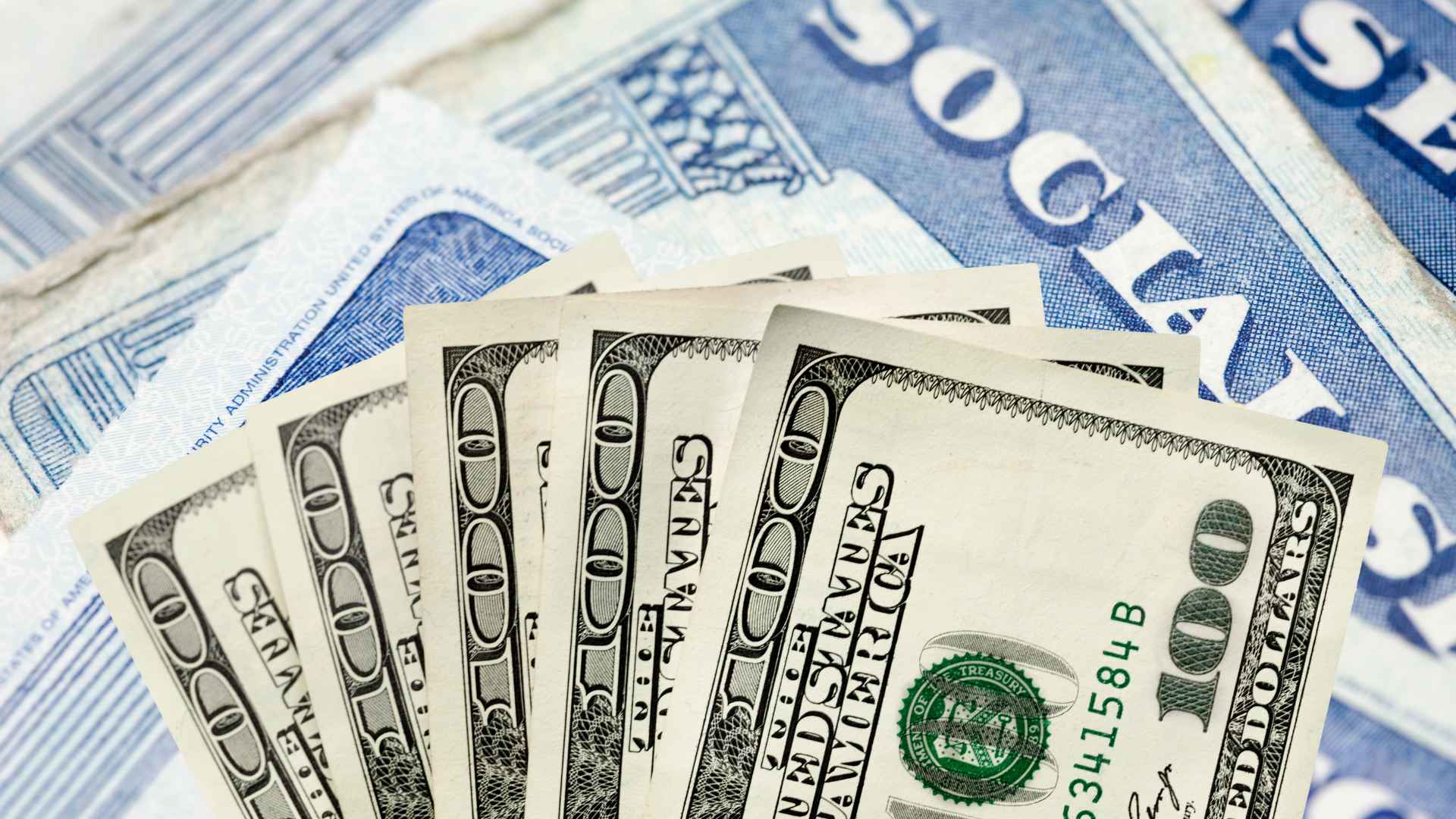The Social Security Administration (SSA) has implemented a series of operational changes aimed at reducing federal spending. Many Americans, particularly those with outstanding student loans, could see their monthly checks affected as early as June 2025.
In a recent announcement, officials confirmed that some cost-saving measures may include cutting or garnishing benefits for Social Security recipients who have defaulted on their federal student loan payments. This shift follows the reintroduction of controversial restructuring initiatives, part of an overall strategy spearheaded by the new Department of Government Efficiency (DOGE).
Discover the reinstated Treasury Offset Program and why it impacts Social Security recipients
Under the Treasury Offset Program (TOP), the government can withhold federal payments—such as tax refunds, wages, and Social Security checks—to cover unpaid debts. Have you heard about the 15% garnishment rate? According to the latest statements, individuals in default risk losing up to 15% of their monthly Social Security benefit. However, officials note that benefits cannot drop below $750 per month, offering limited protection to low-income individuals.
Although TOP was paused in March 2020 due to the COVID-19 pandemic and remained inactive during the Biden Administration, the Trump Administration has now officially reactivated it. As of early May, approximately 195,000 borrowers have already received notices warning them of potential garnishments set to begin June 30, 2025.
Learn how older Americans face higher financial risks under the latest federal policy changes
Older citizens could be hit particularly hard by these new measures. Recent data from the Department of Education (DOE) shows that around 2.9 million people aged 62 and older still owe student loans, with an estimated 452,000 in default. This situation raises concerns about whether such aggressive debt collection strategies might push certain older borrowers closer to poverty. Below is a brief overview of the organizations and policies at play:
| Policy or Program | Key Features/Details |
|---|---|
| Department of Government Efficiency (DOGE) | Oversees cost-cutting measures across federal agencies |
| Treasury Offset Program (TOP) | Allows garnishment of federal payments, including Social Security benefits |
| DOE Student Loan Notices | Sent to borrowers in default, warning of upcoming benefit reductions |
Explore the main relief options available for those receiving TOP notices this summer
Borrowers who receive garnishment notices can consider several avenues for relief:
- Hardship Exemption Requests: Seek suspension of garnishment by demonstrating financial hardship.
- Loan Discharge Applications: Apply if you meet certain eligibility requirements to eliminate the loan entirely.
- Rehabilitation Programs: Make agreed-upon payments to remove the loan from default status.
- Income-Driven Repayment Plans: Adjust or pause payments based on current income.
- Fresh Start Initiative: Temporarily halt collections and regain good standing post-COVID.
In many cases, individuals will also receive information on how to dispute the garnishment or request further relief options if they are struggling to meet basic needs.
Ultimately, staying informed and taking prompt action can help protect your monthly check. Reviewing your loan status, reaching out to official agencies, and keeping a close eye on deadlines could make a significant difference in weathering these new measures.

